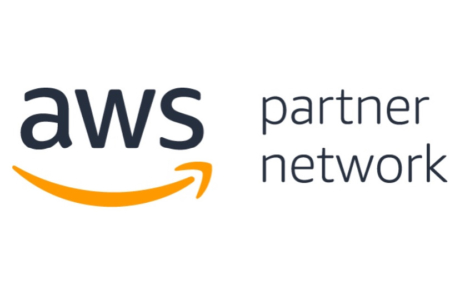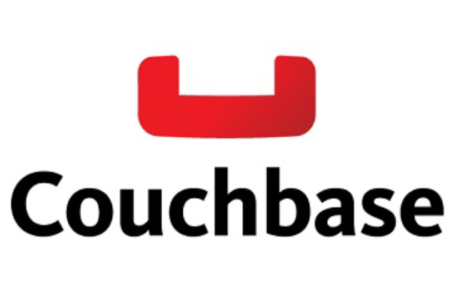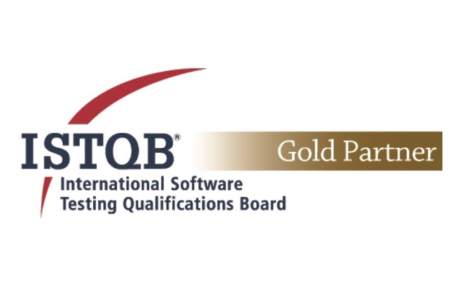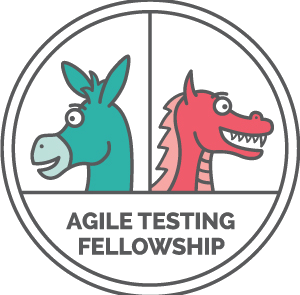Design Thinking: Innovation and Technology
In today’s business world, the ability to innovate and adapt quickly is crucial. Design Thinking emerges as a key tool to drive creativity and solve complex problems, especially in the technological sphere.
What is Design Thinking?
Design Thinking is a user-centered methodology that fosters innovation and problem-solving through a creative and collaborative approach. This process is divided into five phases:
- Empathize: Understand the needs and problems of the user.
- Define: Clarify the problem to be solved.
- Ideate: Generate a wide range of ideas and possible solutions.
- Prototype: Create simple and functional versions of selected ideas.
- Test: Evaluate and refine solutions through testing with real users.
For each of these stages, there are many specific tools, such as the empathy map and the user journey, which help facilitators guide the team towards a good result throughout the process.
Design Thinking and Technology
Integrating Design Thinking with technology allows for the development of innovative and efficient solutions that transform business processes and user experiences. This combination has become a crucial driver for the creation of digital products and services.
Benefits of Design Thinking in Technological Development
- User Focus: By focusing on the user, Design Thinking ensures that technological solutions are intuitive and useful. This is essential for the development of applications, software, and other digital products.
- Agility and Flexibility: The methodology allows for rapid iteration, which is fundamental in the tech environment where needs and trends change constantly.
- Sustainable Innovation: Facilitates the creation of innovative solutions that not only address current problems but also anticipate future needs.
Applying Design Thinking in the Insurance Sector
Let’s consider a scenario where an insurance company aims to improve its customer experience with its digital platform. This example will explain how Design Thinking could be applied in this context.
- Empathize: The insurance company begins by conducting interviews and surveys with customers to understand their frustrations and needs when using the insurance platform. They discover that users find certain processes, such as filing claims and checking policy details, complicated.
- Define: Based on the collected information, the core problem is defined as « simplifying and optimizing the digital platform interface to improve user experience. »
- Ideate: Brainstorming sessions are organized with the development team and key users to generate ideas on how to improve the interface. Multiple solutions are proposed, from navigation changes to incorporating virtual assistants.
- Prototype: Low-fidelity prototypes are developed to test the most promising ideas. Simplified versions of the interface are created, allowing users to interact with new functionalities.
- Test: The prototypes are tested with a select group of customers. Detailed feedback is collected, allowing for adjustments and improvements before the final implementation.
Technology at the Service of Design Thinking
In implementing this project, advanced technological tools could be used to:
Data Analytics: Understanding User Needs and Behaviors
Data analytics becomes an indispensable tool for Design Thinking. By analyzing large volumes of data, valuable insights can be gained about user behavior and preferences.
Example: In developing the insurance platform, analytics tools are recommended to track how users interact with the platform. Usage patterns are identified, such as the most frequently used features and points where users abandon the process. This information allows design efforts to focus on specific areas needing improvement.
Digital Prototyping: Quickly Creating and Testing New Ideas and Functionalities
Digital prototyping is crucial for quickly and efficiently materializing ideas. Tools like Sketch, Figma, and Adobe XD allow for the creation of interactive prototypes that can be tested with real users before final implementation.
Example: During the redesign process of the insurance platform, Figma could be employed to create interactive prototypes. These prototypes allow users to experience new functionalities and provide immediate feedback. Thanks to this, designs can be iterated and improved in an agile and effective manner.
Collaboration Platforms: Facilitating Teamwork and Effective Communication
Collaboration platforms are essential for maintaining smooth and efficient communication among all team members. Tools like Slack, Trello, and Miro allow for project management, task assignment, and real-time collaboration.
Example: During the project with the insurance company, Slack could be used for daily communication, Trello for task management, and Miro for brainstorming sessions and idea mapping. These tools facilitate collaboration among designers, developers, and stakeholders, ensuring everyone is aligned and working towards the same goals.
Expected Results
The expected results of implementing Design Thinking in the insurance company’s digital platform include:
- Improved Usability: Simplifying the interface and optimizing key processes such as filing claims and checking policies should result in a more intuitive and satisfying user experience.
- Increased Customer Satisfaction: An easier-to-use platform should increase customer satisfaction, reducing complaints and improving the overall perception of the company.
- Reduced Technical Support Inquiries: With clearer processes and a more user-friendly interface, a decrease in technical support inquiries is expected, freeing up resources for other tasks.
- Higher Adoption of the Digital Platform: An enhanced experience should encourage more customers to use the digital platform to manage their policies and claims, increasing the adoption and use of the company’s digital tools.
If you are a professional passionate about innovation, technology, and creativity, at Capitole we offer the opportunity to develop your Design Thinking skills through challenging projects. You will work on initiatives that not only challenge you but also allow you to grow professionally.
If your company is looking to implement innovative solutions and improve its creative process, do not hesitate to contact us. At Capitole, we are ready to help you transform your business and achieve new levels of success.

Alejandra Arocha
Agile Coach & Scrum Master

Alejandra Arocha
Agile Coach & Scrum Master




















